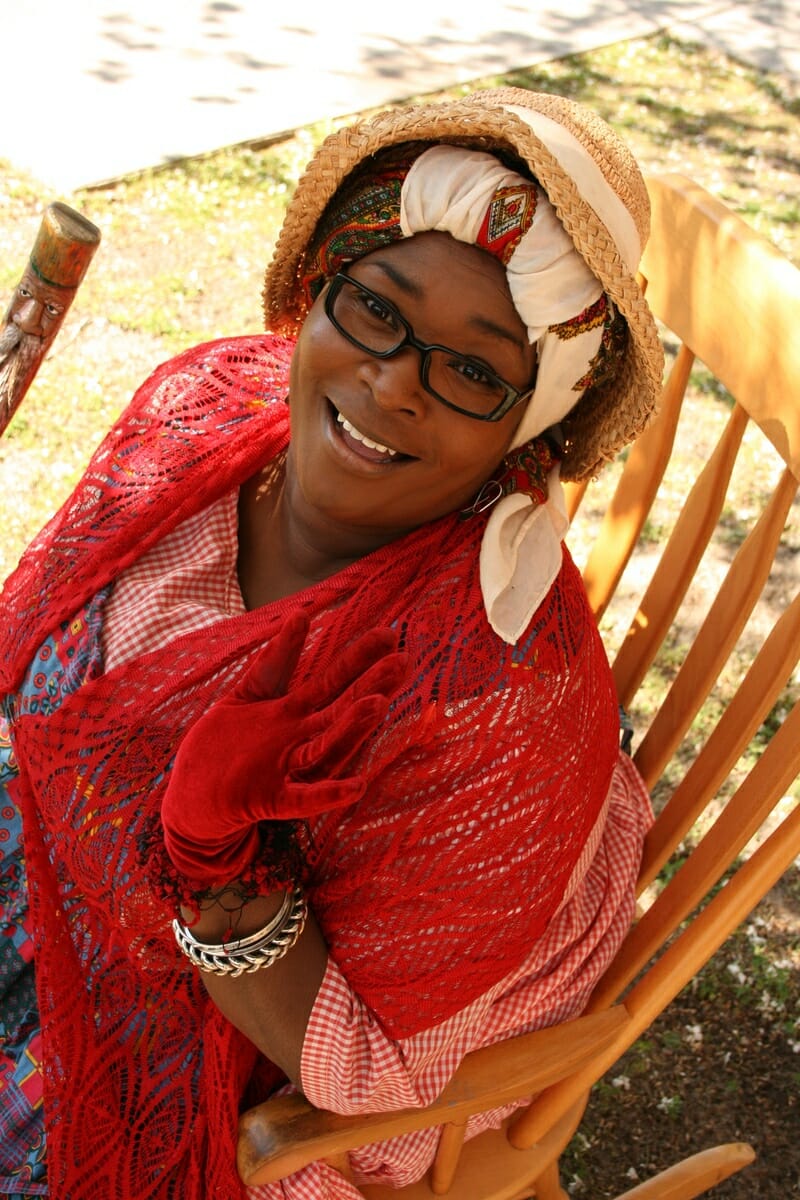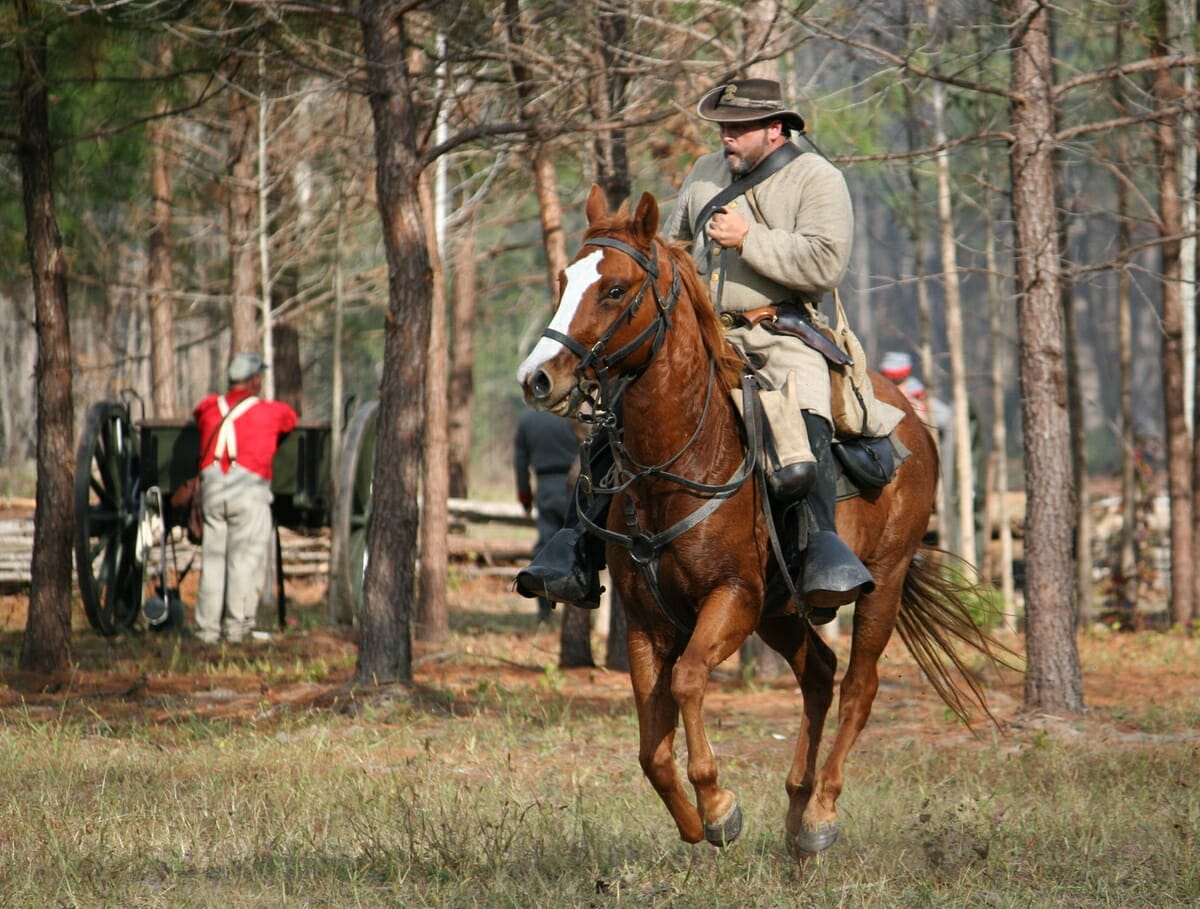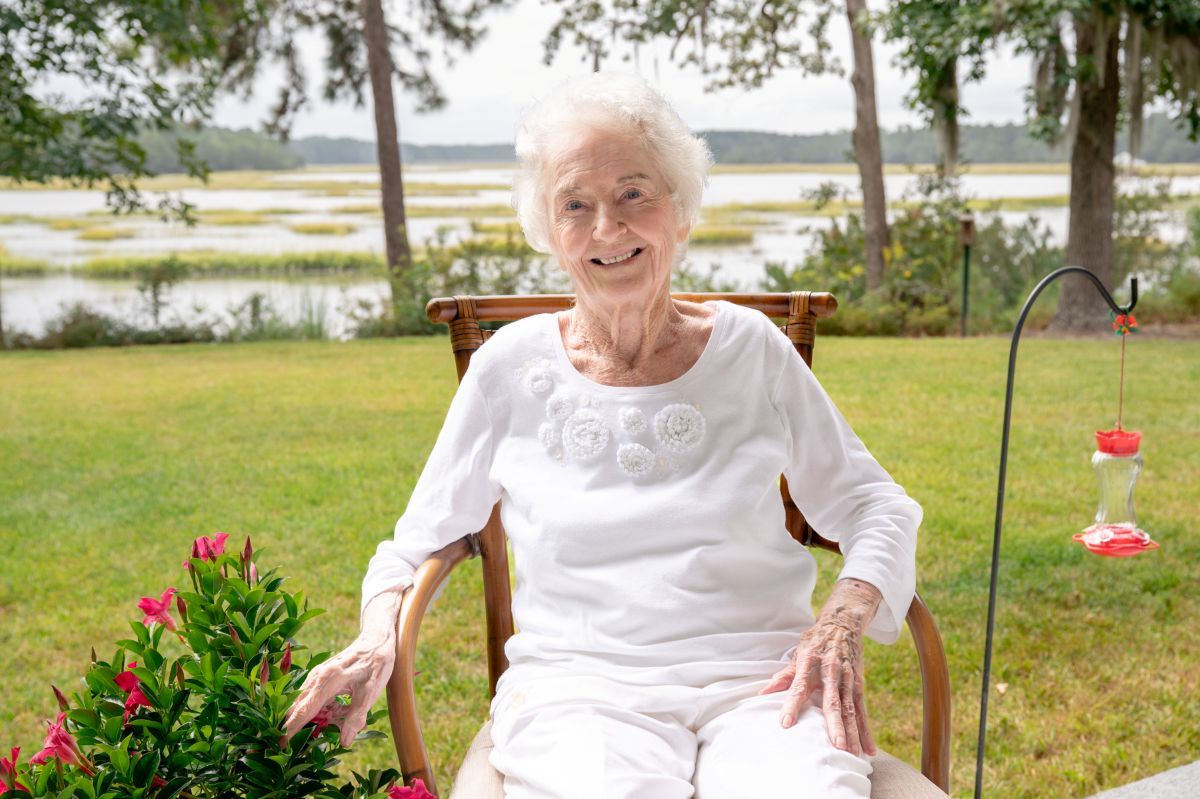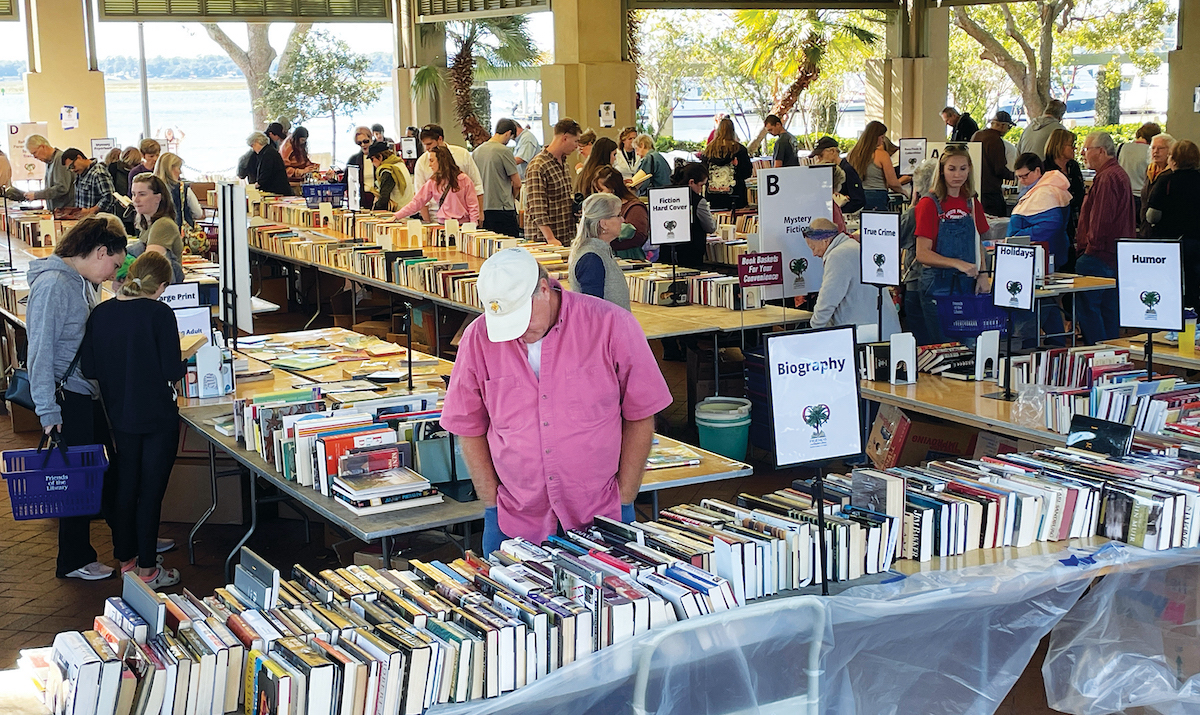Photo above: Civil War battles and more will be reenacted at the Jan. 21-22 living history program at Frampton Plantation House.
A living history program with battles, infantry and period demonstrations, local authors Gullah historian Aunt Pearlie Sue and a traveling exhibit of a life-size replica of the CSS H.L. Hunley submarine will take place Saturday, Jan. 21, and Sunday, Jan. 22, at Frampton Plantation House and Visitors’ Center in Yemassee.
The program runs from 10 a.m. to 5 p.m. both days and admission is free.
It will include:
• The CSS H.L. Hunley: During the American Civil War, Confederate inventor Horace Lawson Hunley converted a steam boiler into a submarine in Mobile, Ala.
After proving to be an effective new weapon that could be used to break the Union blockade, it was moved by rail to Charleston in August 1863.
Unfortunately, the submarine sank twice during trials, costing the lives of two crews, including the inventor himself.
Raised and renamed the H.L. Hunley, it became the first successful combat submarine in world history by sinking the federal steam sloop, USS Housatonic, at the entrance to Charleston Harbor on Feb. 17, 1864. After the successful attack, the Hunley disappeared and her fate remained unknown for 131 years.
In 1995, the wreck of the Hunley was found 4 miles off Sullivan’s Island.
It is in memory of H.L. Hunley and all those who served their country that this traveling exhibit was created and available for all generations to see and know the true valor and courage of those who fought for their beliefs and freedom from tyranny.
• Pocotaligo Living History: On Oct. 21, 1862, a Union Force of 4,200 men under the command of Gen. John M. Brannan sailed up the Broad River from Hilton Head Island and Beaufort and then marched on the village of Pocotaligo.
Warned by Confederate pickets of this attempt to destroy the Charleston-to-Savannah Railroad and hinder a major supply line, Col. W.S. Walker of Georgia telegraphed Gen. Beauregard in Charleston. “I am holding & intend to hold my position at Old Pocotaligo,” read his urgent telegram. “Hurry up the reinforcements for God’s sake.”
Thanks in large part to a series of earthwork trenches Gen. Robert E. Lee ordered dug during his time in the Lowcountry, a Confederate force of fewer than 450 men, including eight Confederate artillery pieces, two cavalry companies, three companies of the 11th South Carolina Volunteers and the First South Carolina Sharpshooters, managed to stall the federal advance. Today, a portion of these earthworks are still visible behind the Frampton Plantation House.
• Aunt Pearlie Sue: Hear about Gullah traditions, history and culture from Lowcountry legend Aunt Pearlie Sue.
Visit southcarolinalowcountry.com/frampton-plantation-house.








